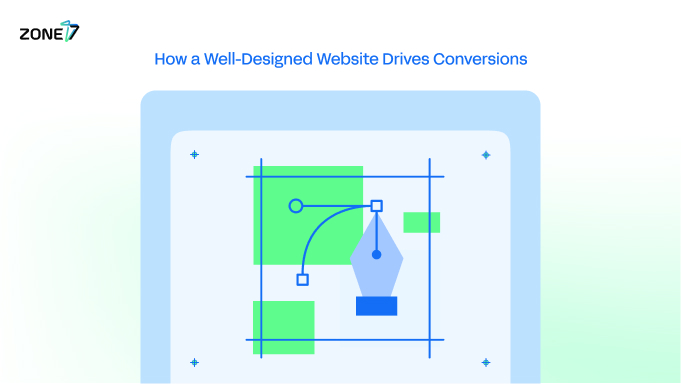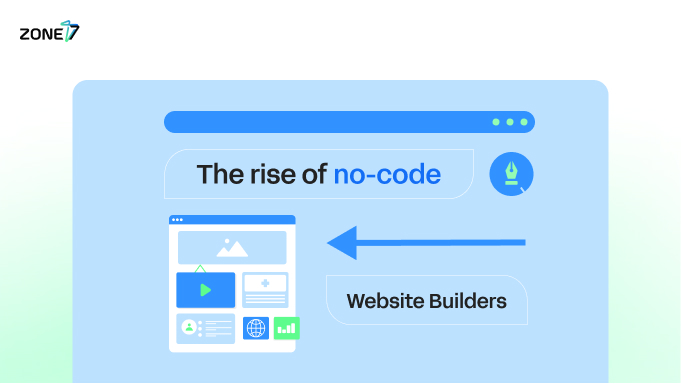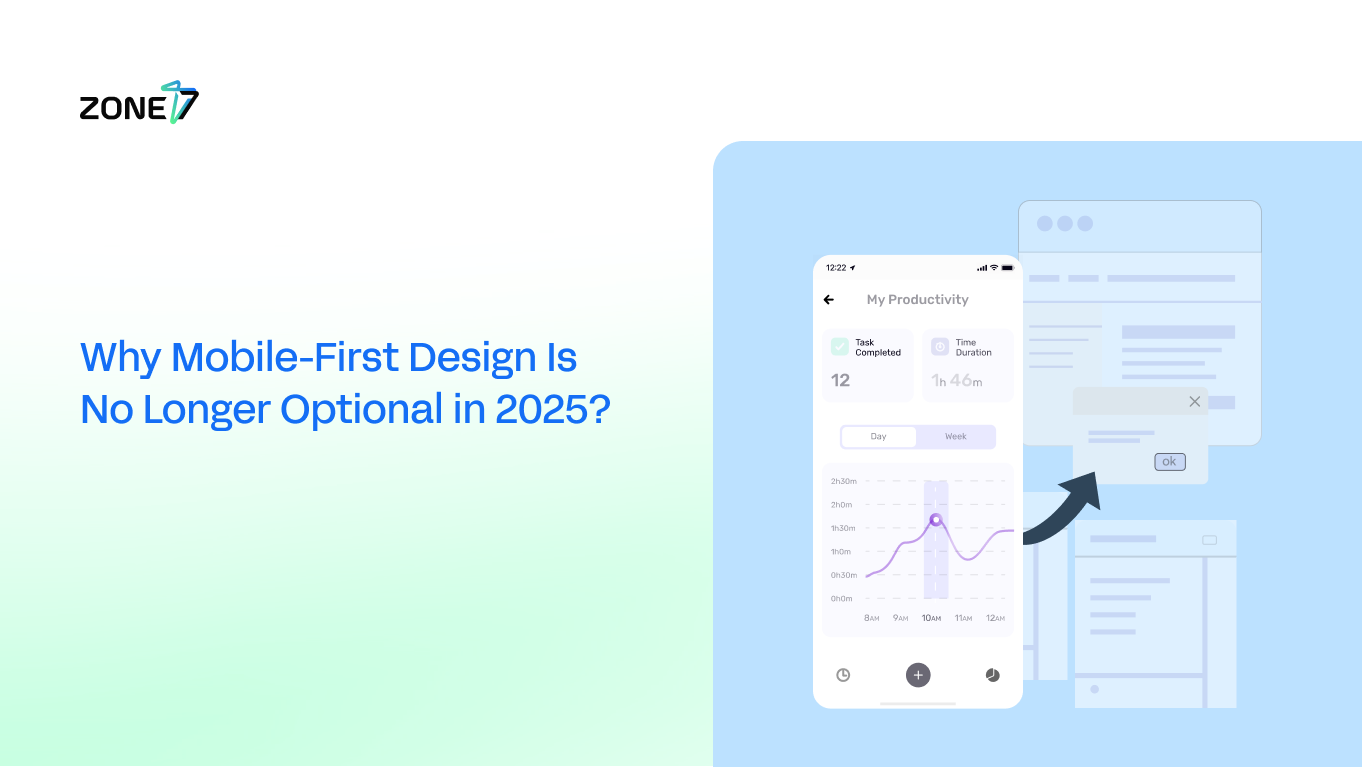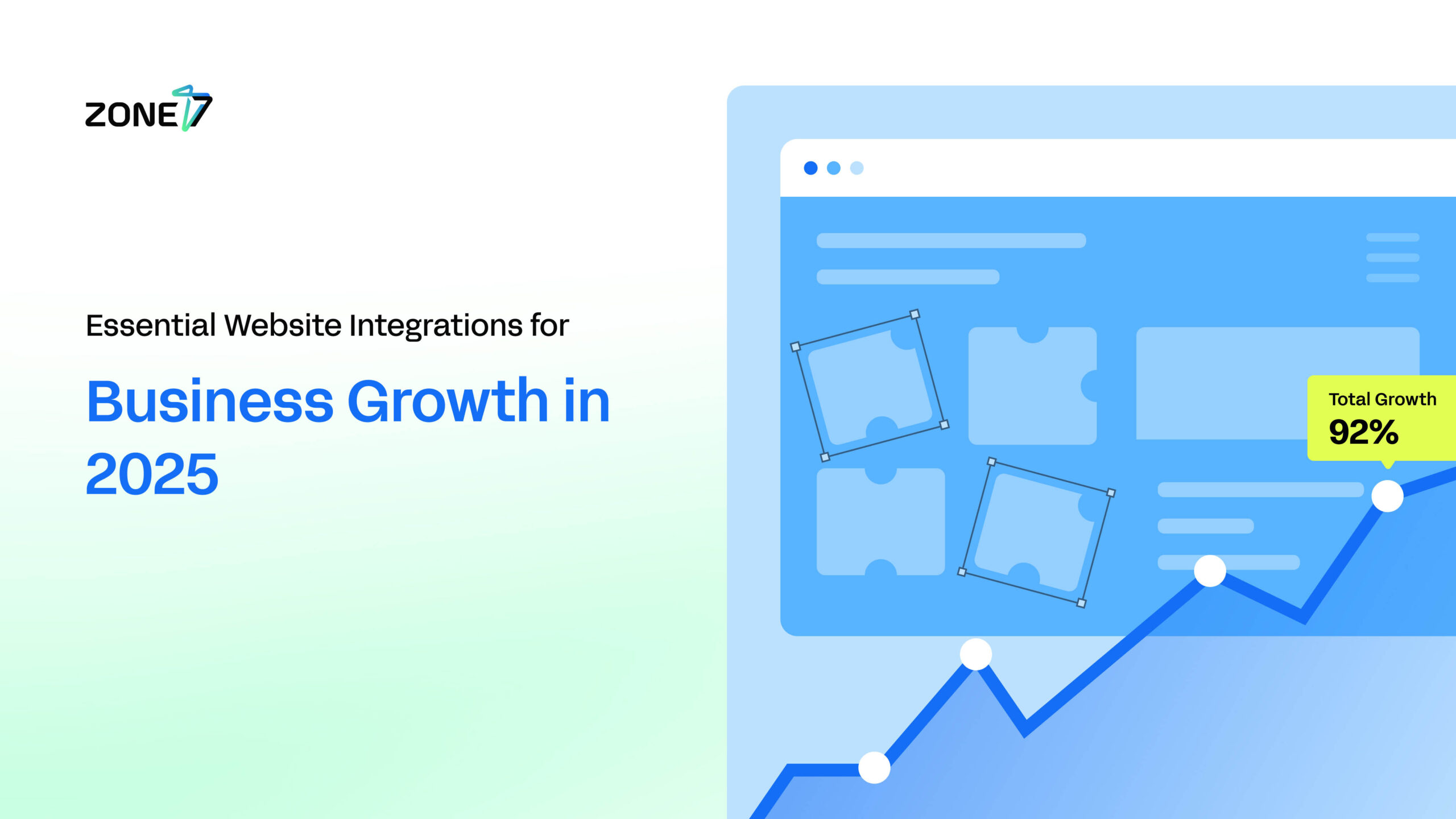In today’s digital age, a website is often the first touchpoint between a brand and its audience. This first impression is crucial—it shapes perception, builds trust, and influences future engagement. Poor website experiences don’t just miss opportunities; they actively damage credibility. In fact, 88% of users are unlikely to return after a negative experience.
A well-designed website goes beyond good looks. It combines usability, functionality, and alignment with business goals through effective UX and UI design. Its true value lies in its ability to guide users toward meaningful actions—known as conversions.
Conversion rate, the percentage of visitors who complete a desired action (like purchases, form submissions, or downloads), is a key performance metric. High conversion rates mean better marketing efficiency and lower customer acquisition costs. Conversely, low rates can reveal design flaws or usability issues. By analyzing user behavior and optimizing problem areas, businesses can turn friction points into opportunities for growth.
Well-Designed Website Drives Conversions: User Experience & User Interface
Understanding the relationship between User Experience (UX) and User Interface (UI) design is essential for building high-converting websites. UX focuses on the overall journey—how users interact with and feel about a product—while UI centers on visual design and interactive elements like buttons, fonts, and layout. Both must work together: strong UX without polished UI (or vice versa) can harm user satisfaction and conversions.
Key principles of effective UX/UI include intuitive navigation, clean visual design, and readability. Users expect logical site structures; confusing layouts lead to frustration and drop-offs. A visually consistent and professional look builds trust—94% of first impressions are design-related. Accessibility also matters: clear fonts, proper color contrast, and features like screen reader compatibility ensure the site works for everyone.
The most impactful UX/UI design often goes unnoticed—it simply works. Users won’t praise fast load times or smooth navigation, but they’ll immediately spot issues when these are lacking. The goal is to eliminate friction and reduce mental effort, allowing users to focus on the value your site offers.
Well-executed UX/UI doesn’t just improve engagement—it boosts business results. Studies show that great UI can increase conversions by up to 200%, and excellent UX can drive a 400% increase. Visually appealing websites also experience 38% lower bounce rates. These gains compound across the user journey, proving that investing in smart design leads to better performance and stronger returns.
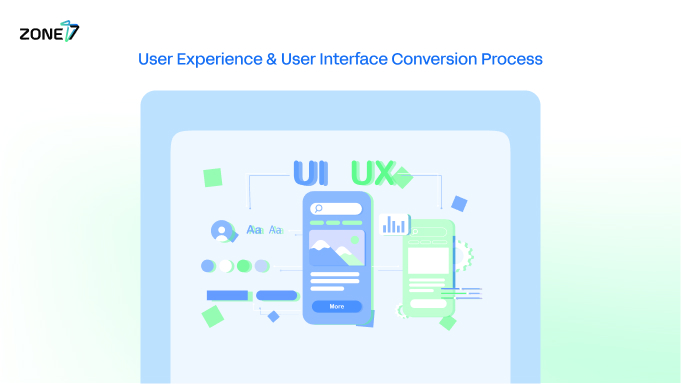
Mobile-First: The Imperative for Modern Digital Presence
As of 2024, mobile devices account for nearly 59% of global website traffic, with that number expected to exceed 60% by 2025. In e-commerce, mobile’s share is even higher, making up nearly 73% of all transactions, and rising.
This shift means a seamless mobile experience is no longer a nice-to-have—it’s the standard. Users expect websites to function flawlessly on their phones, and anything less results in frustration and quick exits.

Global Mobile vs. Desktop Web Traffic & E-commerce Trends (2024-2025)
| Year | Global Mobile Web Traffic Share (%) | Global Desktop Web Traffic Share (%) | Mobile Share of E-commerce Transactions (%) | Projected Mobile E-commerce Revenue (Trillions USD) |
| 2024 | 58.7% | 41.3% | 72.9% | $5.3 |
| 2025 | 60.9% | (Implied 39.1%) | 75% | $6.5 |
Content and Calls-to-Action: Guiding Your Audience to Act
Compelling content plays a key role in driving conversions. To be effective, it must be clear, credible, and resonate with the audience’s needs and pain points. High-quality, targeted content builds authority and trust—two essential ingredients for turning visitors into customers.
For mobile users especially, readability matters. Short paragraphs, bullet points, and clear headings (H1, H2, H3) make content easy to scan. This isn’t just a style choice—it reduces cognitive load and helps users quickly grasp your message, even when multitasking or browsing on the go.
Using plain language, contractions, and a conversational tone makes your content feel human and approachable. Instead of overwhelming readers with too much information, focus on delivering what’s truly valuable. Trust can be strengthened further with expert insights, citations, author bios, and social proof like testimonials or reviews.
Calls-to-action (CTAs) also need thoughtful design and placement. Clear, action-oriented phrases like “Sign Up” or “Download Now” should be placed near key decision points and stand out visually—especially on mobile. Tap-friendly CTAs (at least 48×48 pixels) help boost engagement. Testing different CTA versions can improve conversions by up to 30%.
Finally, streamline user journeys by removing friction. Simplify forms by reducing the number of required fields, enabling autofill, and using the right input types. Multi-step forms or one-click checkouts can ease the process, especially in e-commerce. Avoid common blockers like pop-ups, broken links, and slow-loading pages. Once a user is moving toward conversion, any interruption—no matter how small—can break their momentum. Your site should act like a guide, not an obstacle, making every step smooth and intuitive.
SEO: Fueling Your Website’s Visibility and Conversion Potential
A strong connection between web design, user experience (UX), and SEO is key to driving organic growth. Good design doesn’t just attract users—it also helps search engines understand and rank your site. Google favors mobile-friendly, fast-loading websites with excellent UX, rewarding them with higher visibility.
Thanks to mobile-first indexing and Core Web Vitals, SEO now heavily depends on user experience. It’s no longer just about keywords and backlinks. Factors like low bounce rates, longer dwell time, and smooth navigation send positive signals to Google, boosting rankings. In short, great design supports SEO—and better SEO brings in more traffic to experience that design, creating a cycle of growth.
To maximize on-page SEO, start with smart keyword placement. Choose a target keyword and include it naturally in your title, URL, intro paragraphs, headers (H2s), and body text—without overstuffing. Use a clear heading structure: one H1 per page, followed by H2s and H3s to organize content for both readers and search engines.
Optimize images by using descriptive alt text and compressing files with modern formats like WebP to keep load times fast. Add internal links to help users (and Google) navigate your site, and include external links to credible sources to build trust. Use clean, keyword-rich URLs that clearly explain what the page is about.
Ongoing optimization is just as important as initial design. Test your site across devices and browsers to ensure responsiveness and speed. Tools like Google’s Mobile-Friendly Test and PageSpeed Insights help track technical performance. Combine these with analytics tools, heatmaps, and user feedback to uncover pain points and improve conversions.
Web design isn’t a one-time project—it’s a living system. As algorithms and user expectations evolve, your site must too. Continuous updates and improvements are what keep a website competitive, relevant, and effective at converting visitors into customers.

Key Elements of a High-Converting Website
| Category | Key Element | Impact on Conversion |
UX/UI Design | Intuitive Navigation | Higher engagement, reduced bounce rate, increased sales |
| Visual Appeal & Consistency | Builds trust, positive brand perception, lower bounce rate | |
| Readability & Accessibility | Enhanced user satisfaction, wider audience reach | |
Mobile-First Principles | Fast Load Times | Increased sales, higher engagement, improved search rankings |
| Content Prioritization | Reduced friction, easier information access, higher completion rates | |
| Touch-Friendly Elements | Improved usability, reduced accidental clicks | |
| Content & CTAs | Relevant & Valuable Content | Builds authority, increases user engagement |
| Clear & Action-Oriented CTAs | Directs user action, boosts conversion rates | |
| Simplified Forms | Increases completion rates, reduces abandonment | |
| Technical SEO | Mobile-First Indexing | Higher search rankings, increased organic traffic |
| Core Web Vitals Optimization | Improved user experience, better search performance | |
| Keyword Integration & Structure | Enhances search engine understanding, improves visibility |
Conclusion: Transforming Your Website into a Conversion Powerhouse
A well-designed website is more than just a digital presence—it’s a powerful business asset. The combination of strong UX/UI, mobile-first design, engaging content, clear CTAs, and smart SEO directly drives conversions and long-term growth.
With mobile usage continuing to rise, investing in mobile-first, user-focused design isn’t just smart—it’s essential for staying ahead. Businesses that go beyond meeting expectations and focus on delivering seamless, high-quality user experiences gain a clear competitive edge.
In today’s crowded digital landscape, user experience is the ultimate differentiator. It not only boosts conversions but also builds trust, drives customer loyalty, and strengthens brand reputation. Embracing this holistic approach to design positions your business as modern, credible, and truly customer-centric—while leaving less agile competitors behind.
